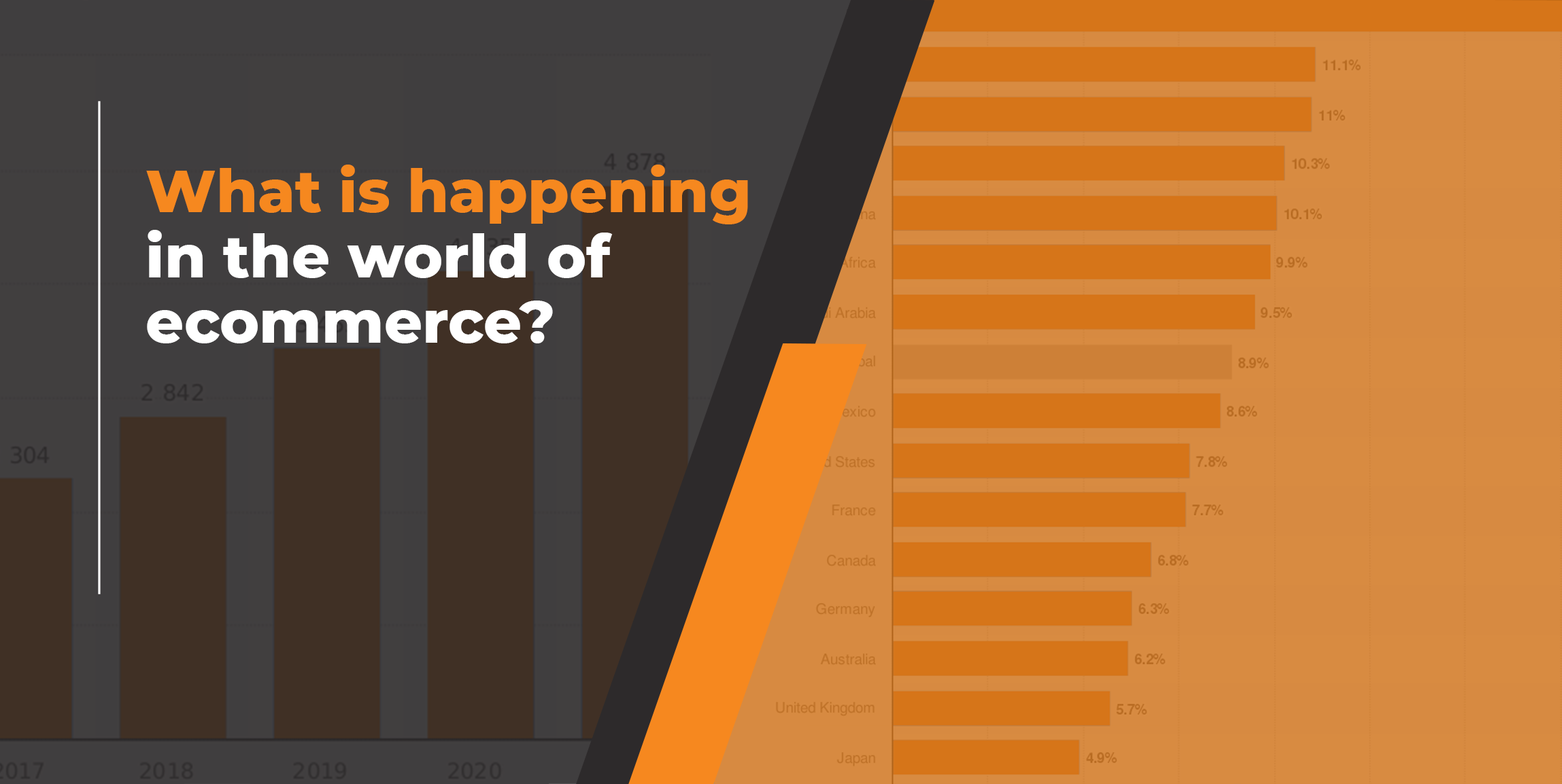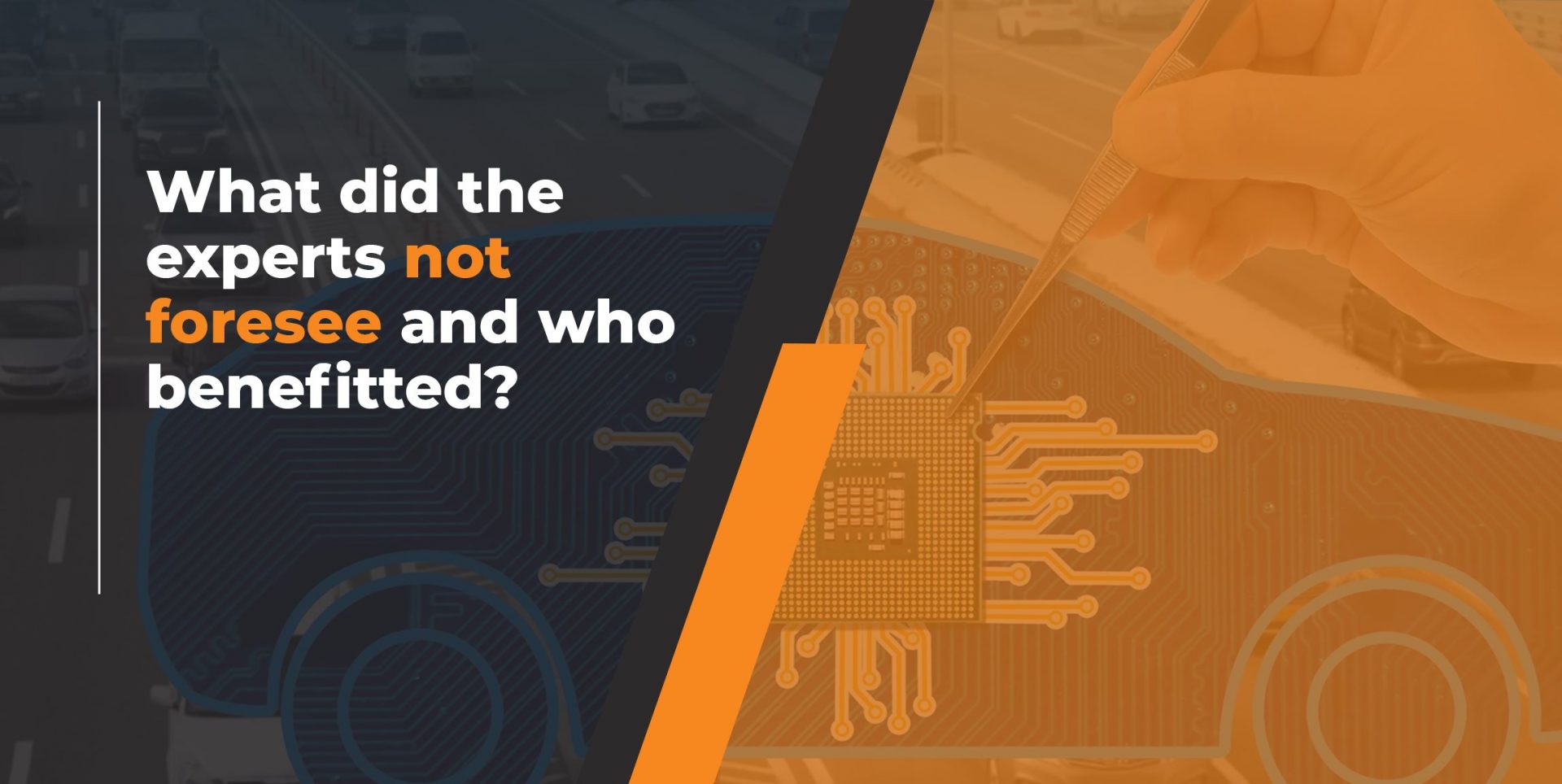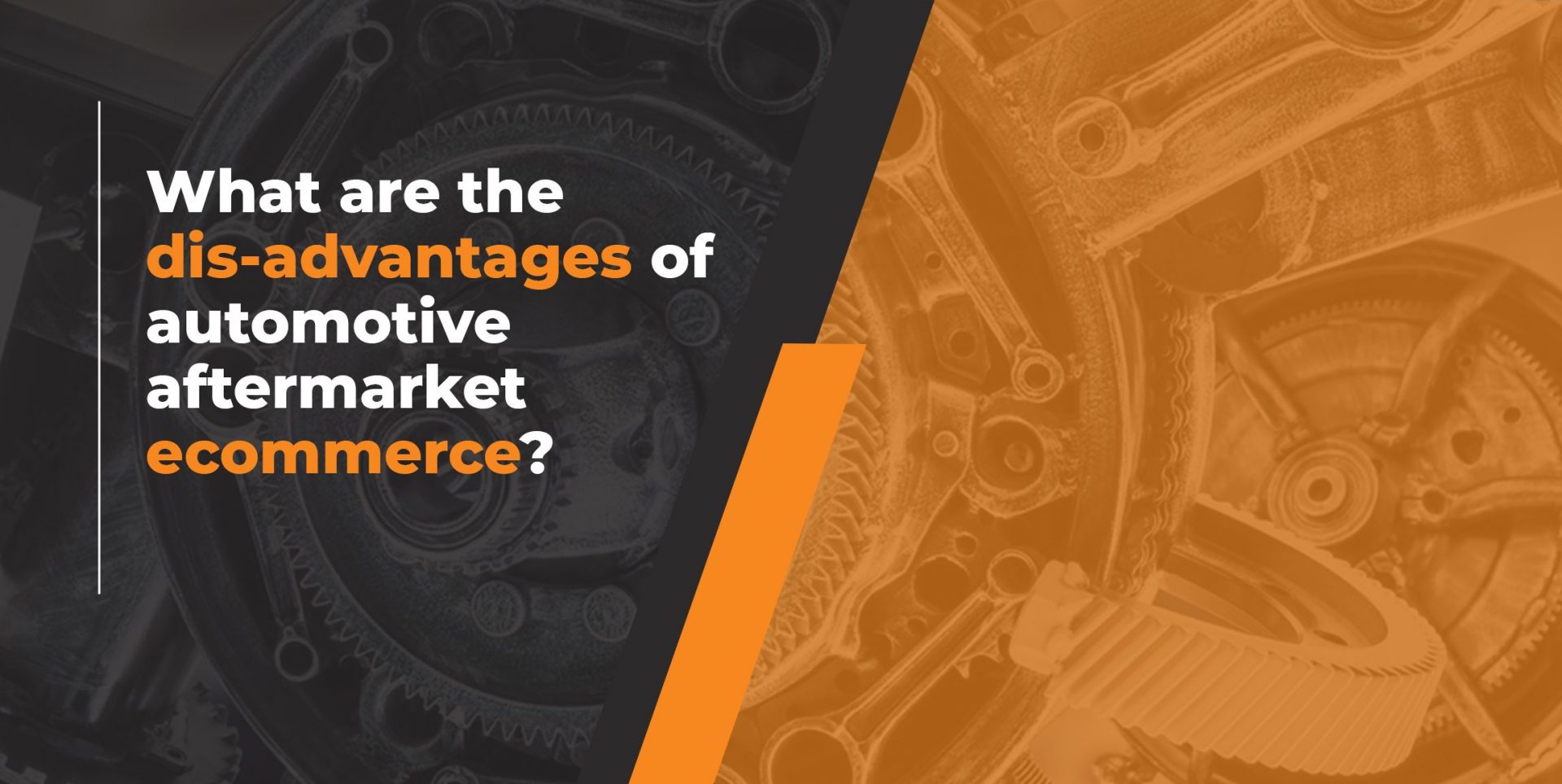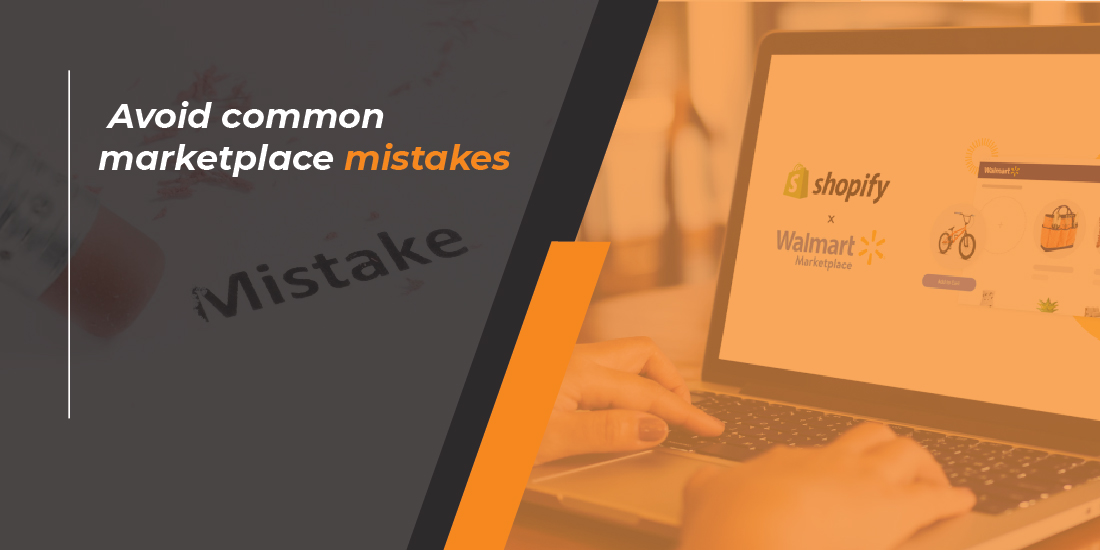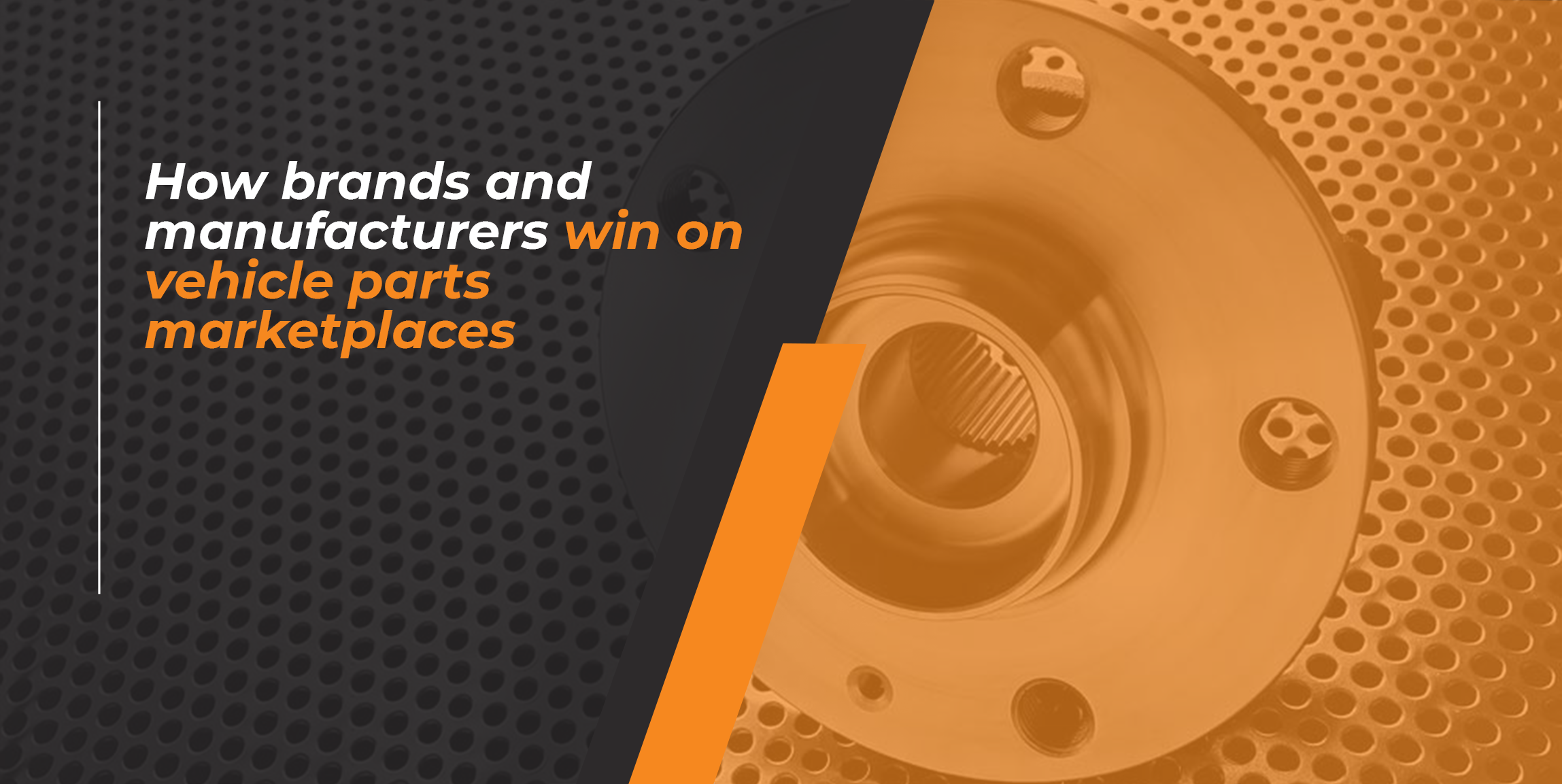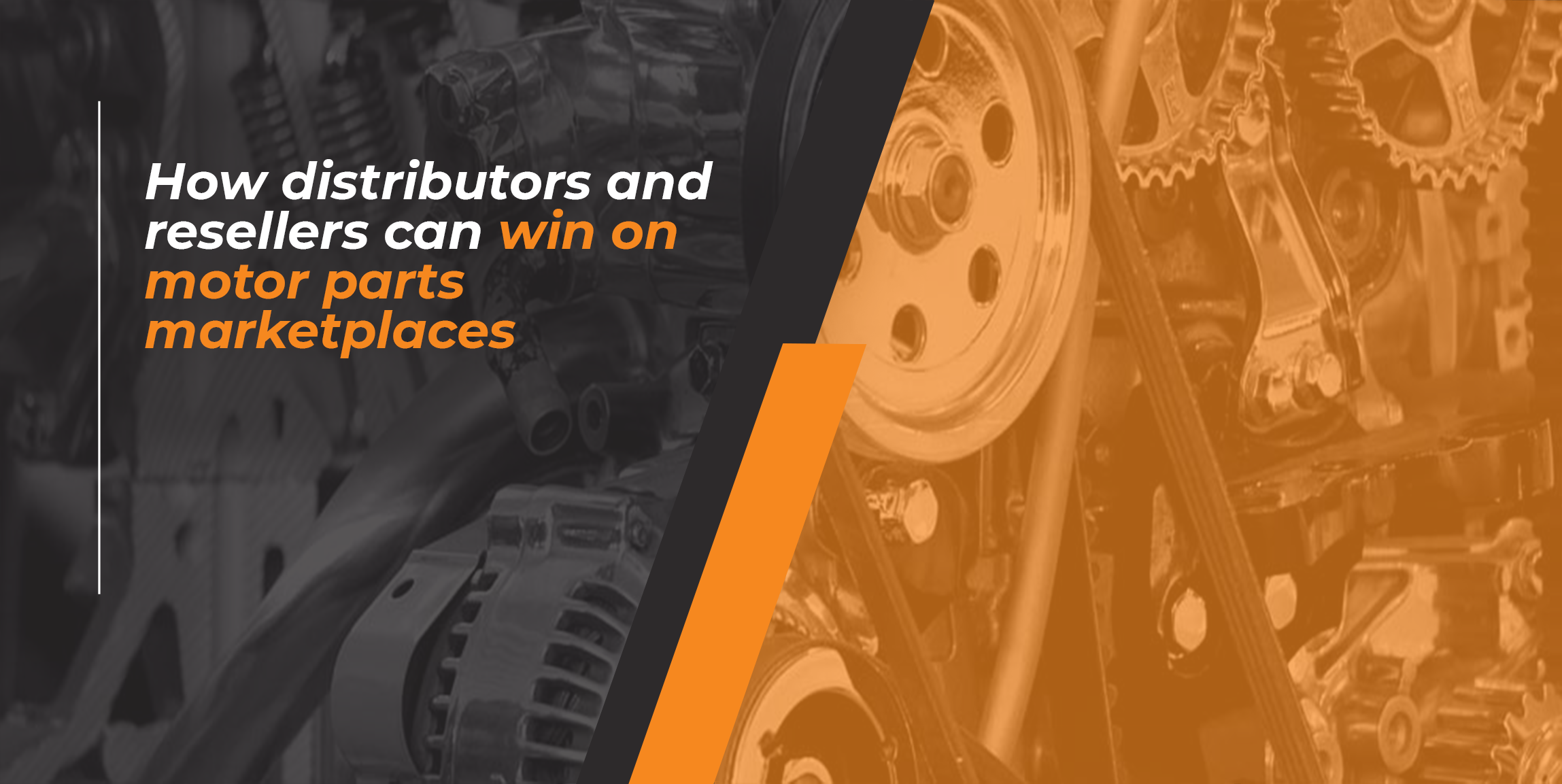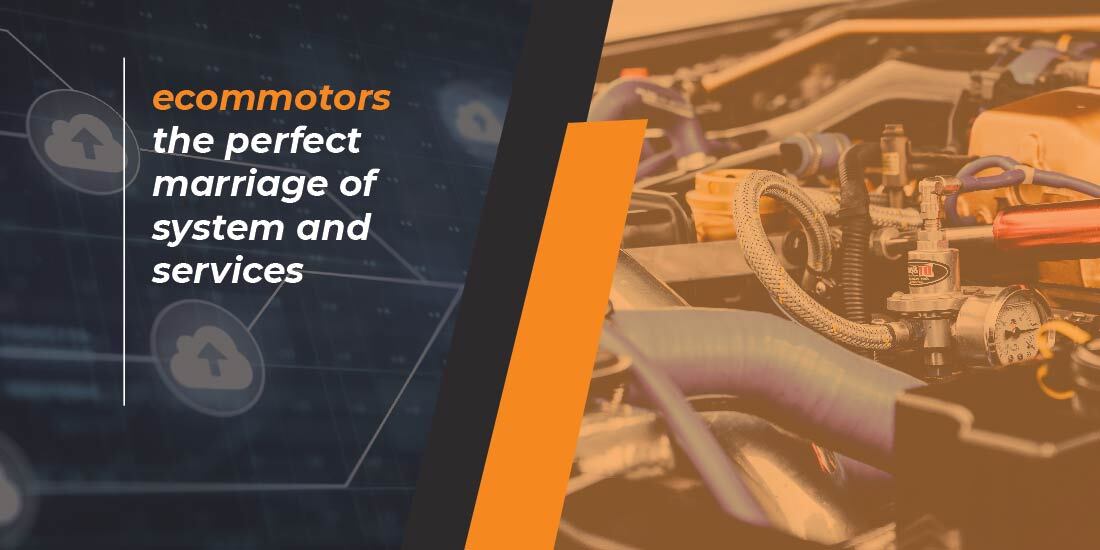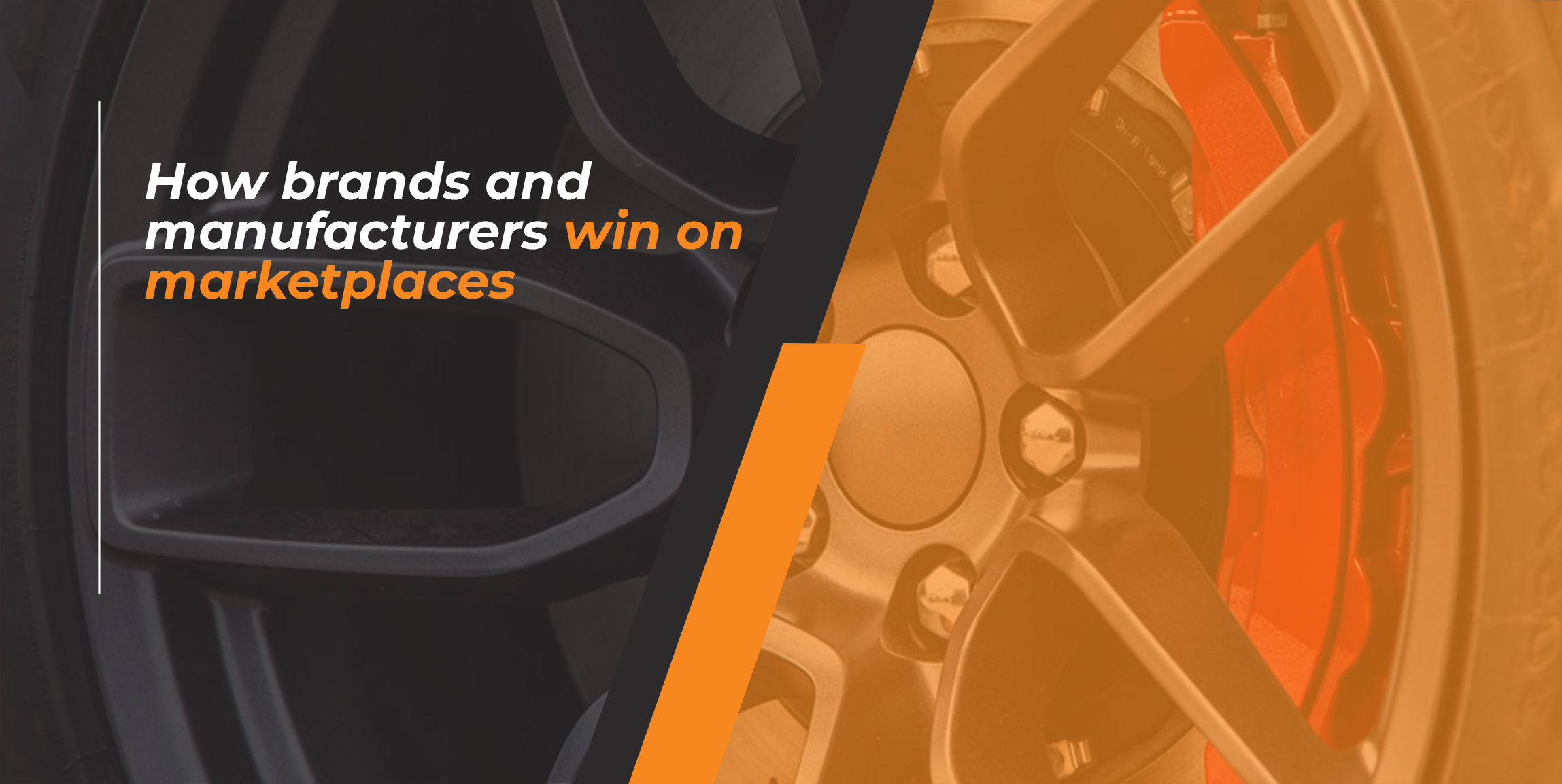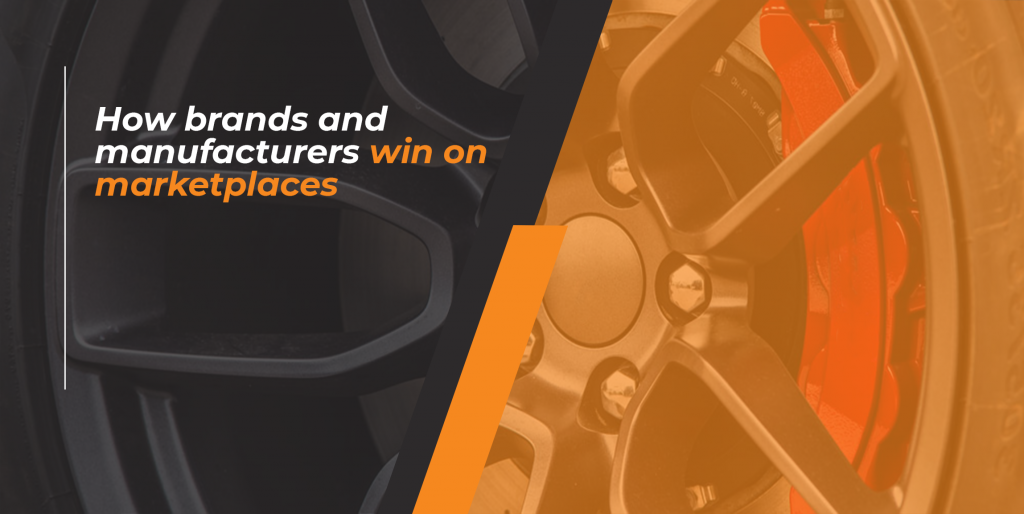
In this series, we look at how auto accessories brands and manufacturers can succeed in aftermarket ecommerce.
The online market for parts and auto accessories to fit cars, vans, trucks, motor bikes, powersports and marine vehicles is the fastest growing market. Within online, marketplaces are the dominant and fastest growing players. These trends accelerated markedly in the first half of 2020, prompting record numbers of traditional automotive providers to look at how online, direct-to-consumer commerce might work for them and offer some sanctuary from the battering their physical outlets were suffering.
The opportunities are big, and the stakes are high.
We should at this point distinguish between OEs, original equipment like Ford, for example, and OEMs, original equipment manufacturers like Bosch, for example. An OEM like Bosch would typically index their parts to an aftermarket catalogue which would contain interchange numbers for other OEMs like Valeo. An OE like Ford would typically not.
We identify 6 challenges that brands and manufacturers of auto accessories have to overcome to achieve long term growth. We’ll cover the first 3 of them in this post.
The auto accessories channel is different
Marketplaces and web stores for auto accessories are new routes to market for OE/OEMs who haven’t yet dipped their toe in online waters. Web stores are more profitable but you have to get the consumers there. Marketplaces are less profitable since you pay them a percentage of the sale, but they’re responsible for generating the enormous virtual footfall. When you look at it this way in fact, if you spend the level you need to get traffic to your website then this makes marketplaces cheap by comparison.
Furthermore, while all marketplaces are united in making the consumer king or queen by optimising the buying experience so that he or she will keep coming back, each marketplace is different in how it operates, how it wants sellers to sell, and what specific performance criteria are prioritised to establish seller ratings. All this makes for a steep learning curve.
There are over 1,000 marketplaces in the world. Some have a global presence, while some are more regional or local. Some specialise across all categories, whereas others dedicate their offering to one, two or a few categories. Some use product catalogues, some don’t. If you’re a seller, some marketplaces are a joy with work with, others not so much, where you even might be viewed as a necessary evil. Charging fees vary considerably.
None of these hurdles are insurmountable of course, and there are plenty of parts and auto accessories providers doing very well on marketplaces and web stores. It pays to partner with companies who are experts in multichannel, with experience of setting up marketplaces, independent web stores, or webstores on recognised platforms, and who can advise on the best channels to be on.
It also pays to work with companies who have experience setting up automotive brands and products on the specific marketplaces you decide you want to sell directly on. Companies like ecommotors have full managed services offerings and you can outsource all of the specialist work to them since they know the banana skins to avoid and can fast-track your move online. Some of them also have multichannel platforms for centrally controlling ecommerce business processes, providing performance intelligence, and hooking into your various systems.
Furthermore, it’s important to work with companies that are on your side. While Amazon is a fantastic opportunity, they have a business priorities which might not align with yours. Having an experienced company to reply on like ecommotors can help you embrace the Amazon ecosystem and deliver a win-win situation.
The Buyer of auto accessories is different
Brands and manufacturers of auto accessories are used to B2B channels, working directly with distributors, resellers or garages, where you’re dealing with experienced individuals well versed in parts and part numbers. While perhaps 20% of marketplace buyers are also professionals, the other 80% are consumers, DIYers, hobbyists and enthusiasts.
These consumers typically don’t go onto a marketplace looking for a part number. They’re looking for a part, like an alternator or brake pads. They know the make, model, fuel type, year, engine size and perhaps a couple of other attributes of their vehicle, and they search that way, narrowing down their options until they have a choice of parts – hopefully – all of which they can be confident will fit their vehicle. Then they can make their purchase, depending on their attitudes to price, brand vs generic, previous experiences and so on.
The challenge of marrying millions of part numbers to a vehicle make/model classification has led to the creation of various indexing catalogues, available commercially and designed for particular regions like the UK, Germany, Europe or North America.
For brands and manufacturers to sell successfully direct to consumers, therefore, they need to make sure that the data on each of their parts provides accurate fitment information. It is perhaps the understatement of this post to say that this is a considerable amount of work.
Fortunately, there exist providers like ecommotors who have a great deal of experience working with the various indexing catalogues and provide this data quality improvement as a fast-track service. They’ll start by using automated tools to assess the level of current listing data compliance before zeroing in on what needs to be fixed where.
We’re a trusted provider of consumer-optimsed data, and are effectively the back office for 5 global automotive industry data cataloguing systems. We’ll also use the automating capabilities of the ecommotors platform to optimise your car parts or auto accessories products for sale and provide customer service for consumer buyers around fitment both before and after the sale.
The Brand is everything for auto accessories
Since you or your reseller representative can’t be there in person on the online channel, your brand has to work extra hard to provide direct buyers with the trust levels and confidence. This is why it’s critically important that you are in direct control of how your brand appears to consumers.
It may be the case that your brand is already appearing on websites presented by another company. That company may represent a whole host of other brands and may not be as motivated as you to preserve your hard earned brand values. What’s more, it’s not just a question of your visual brand mark. It’s the quality of the photography, the presentation, and all the listing information that’s a reflection of your brand.
You’ve worked hard to build up your brand to its current level and as a consequence consumers are prepared to pay a small premium over other brands and generic offerings because of the trust and reliability elements. It is the consistency and quality of your online presence that allows you to drive significant margins through channels with far smaller fixed and sales costs.
Invest in the services of partners like ecommotors who have experience in brand management and reputation protection for online automotive players. These services services start with the brand registration and claiming processes and are focused on projecting your brand values at all touch points in the consumer experience, from the moment they find your listing to after they take delivery of their order. You’ll also want this consistency of approach across all of the online marketplaces and channels where you want to be present.
To continue reading for the 3 other challenges brands and manufacturers need to overcome, click here.
To find out more about the automotive aftermarket, or for a no-obligation introductory discussion, please contact us.
More from us


